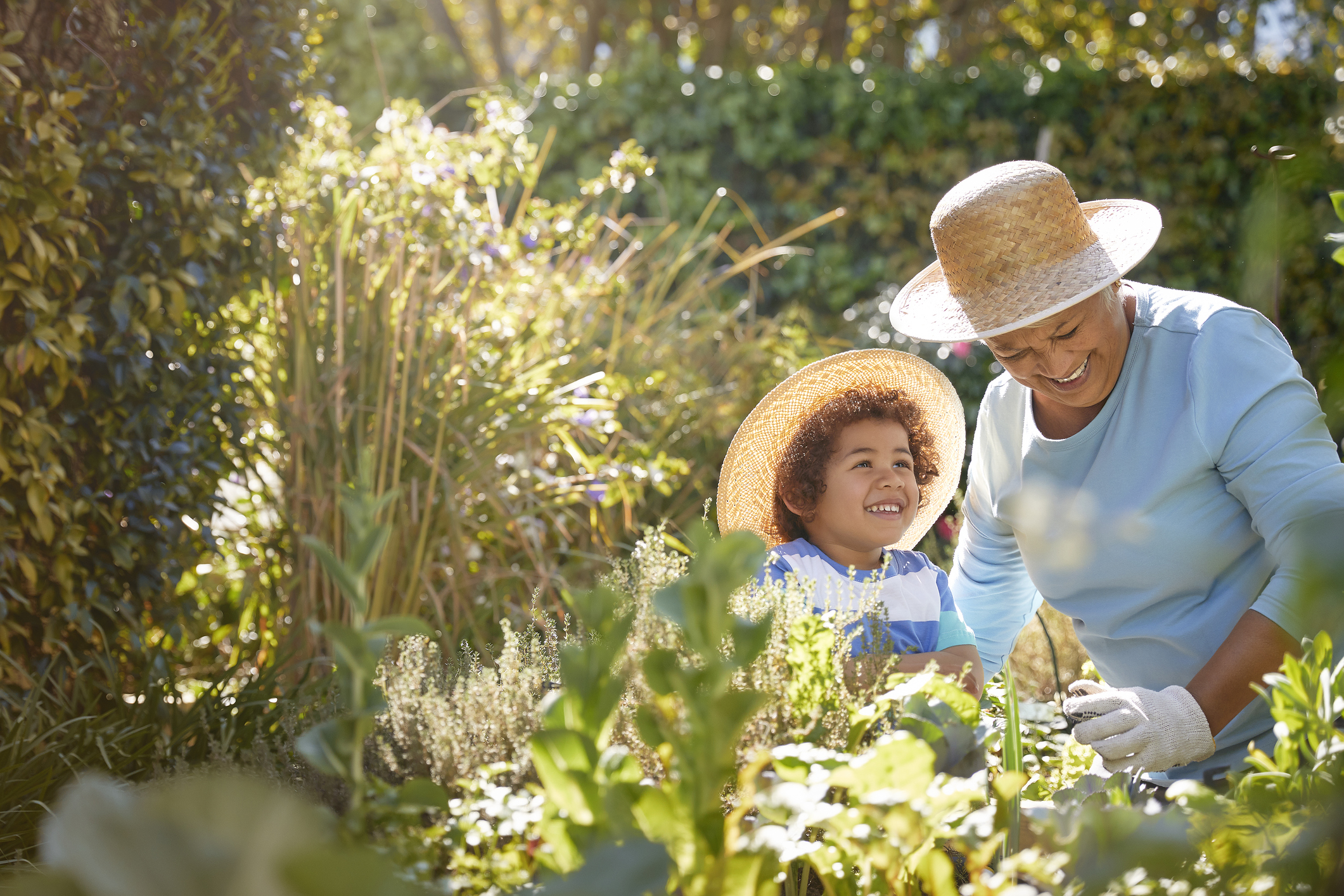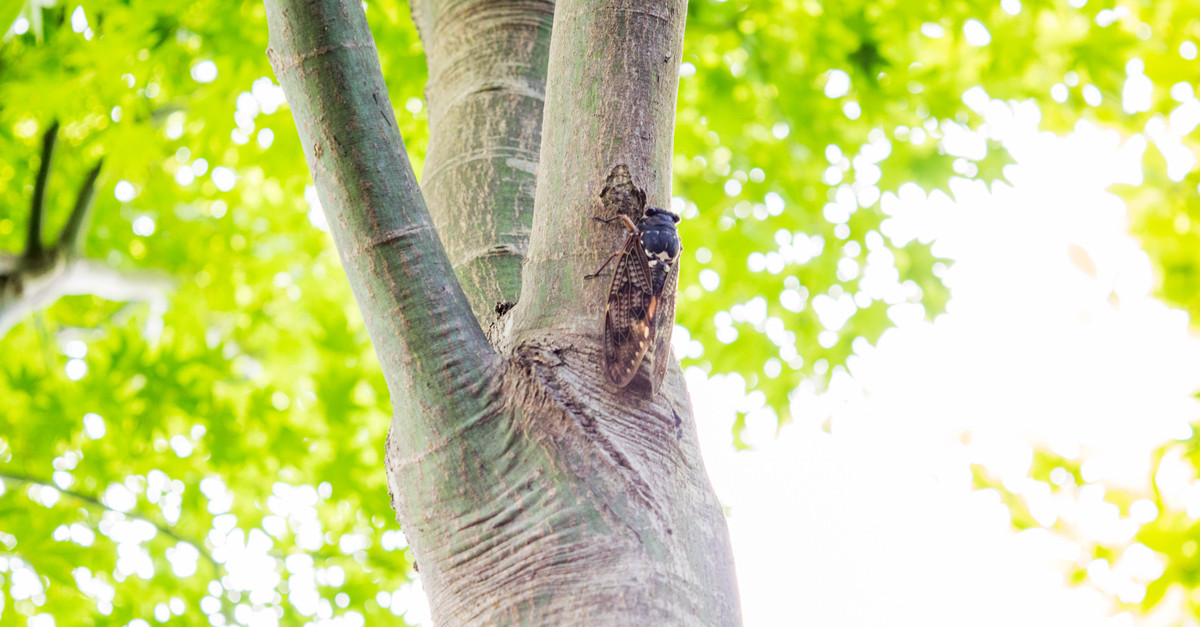Going Green for Good
If you enjoy gardening, you probably already know that it is a valuable form of exercise and that it improves mood and bolsters emotional health. However, you may not know that it has several environmental and financial boons that make it an even better idea. Whether you’re a gardening pro or a newbie just digging your first patch, keep these benefits in mind.
Protect Your Assets
When you garden, you turn soil, reducing compaction and helping it absorb water and nutrients. This lessens the chances of water running across yard surfaces, which can pool and erode foundations, leak into basements and cause buckling or lifting of patios and other hardscaping features. Plus, improving soil health makes for healthier trees and other large landscape plants, which add to the value of your home.
Host Wildlife
You know who loves a good garden? Animals. Flowering plants attract bees, which are in desperate need of habitat, as well as butterflies, hummingbirds and larger bird types. If you’re into native fauna, plant native plants to have the best chance of attracting local salamander, frog, bird, bee and other insect species. You might even get some deer, although not everyone thinks that’s a bonus!
Save Money on Groceries
Yes, really. If you put in a summer garden, you can save significantly on fresh produce during the height of production. Whereas others might have to pay for tomatoes, eggplants, zucchini, potatoes, berries and herbs, which are somehow still pricey even in summer, you can head right out back and skip the lines — and the bill. If you maintain year-round gardens using cold frames or hothouses, you can add fall and spring vegetables to the list; think broccoli, spinach, cabbage, kale, beets, carrots and much more.
Help the Environment
The more green stuff growing in our world, the better protected it is against pollutants and greenhouse gases. Plants, which need carbon dioxide to breathe, filter it and other damaging chemicals out of the air, helping to combat global climate change. Plants also anchor soil, keeping it in place when wind and rain would otherwise cause erosion.
What’s not to like about a hobby that’s good for you, protects your home, pads out your bank account and throws Mother Earth a bone at the same time? Dare we say it might be the perfect hobby? So go on and get out there!







